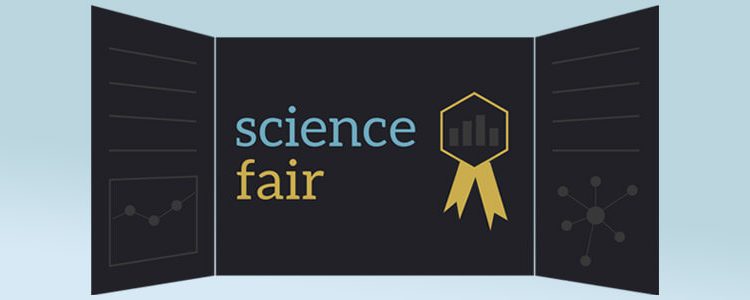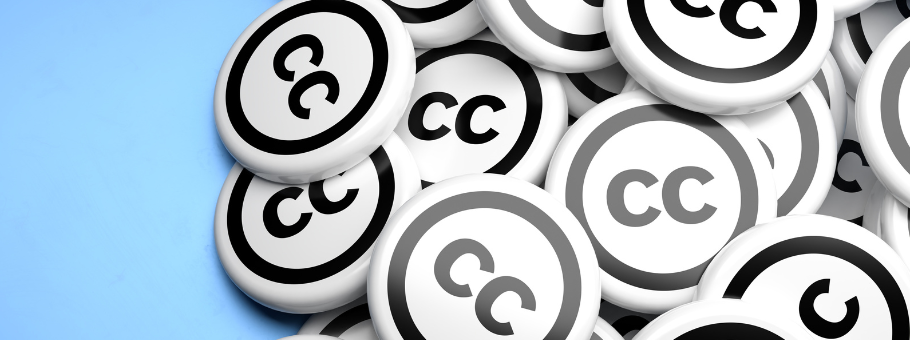ScienceFair: Research Literature Reimagined

ScienceFair is a new program built on the idea that access to the scholarly literature should be independent of the influence of large publishers. In some cases, the platforms that researchers use to access and read scientific literature have been designed to advance a publisher’s business model. In others, the platform supports open access journals. Usually, these platforms utilize an inflexible way of using the literature.
A New P2P Desktop Science Library
ScienceFair aims to change all that. ScienceFair is a desktop science library app. The features that set it apart from the competition include:
- A user interface that enables multi-source search
- eLife Lens, which was designed to make reading articles easier
- Continuous library updates via secure peer-to-peer distributed datasources
- Data mining as part of the basic interface.
The interface for ScienceFair lacks menus requiring users to search to find articles. This makes the experience uncluttered. ScienceFair searches in multiple databases, including your collection of downloaded papers. It also searches ScienceFair datasources. A datasource is a stream of articles that is being continuously updated. eLife is the current default datasource which means that any new papers in eLife get added to Science Fair automatically. Soon, all open access papers in PubMed Central will be added as a default datasource.
In future, the user will be able to create a new datasource from a keyword tag(s) used to organize their collection. If they share this tag with a group, then everyone who adds the tag to ScienceFair will be able to have a live updated feed of the shared papers. If the original user adds new papers to the tag, all the members of the group will also have access to those papers. This could be helpful for collaborating groups.
The Lens reader is used to read your chosen article. A Lens article opens in two panes – the text is on the left and additional data (such as figures and references) are on the right. This enhances the reading experience by allowing you to easily switch between the content of the paper and the details in figures. The search system used in ScienceFair is built on Google’s leveldb. Indexing relies on “search-index” by Fergie McDowall while “yunodb” analyses text and allows the entire thing to work as a cross-platform app. ScienceFair is open-source and available on GitHub.









